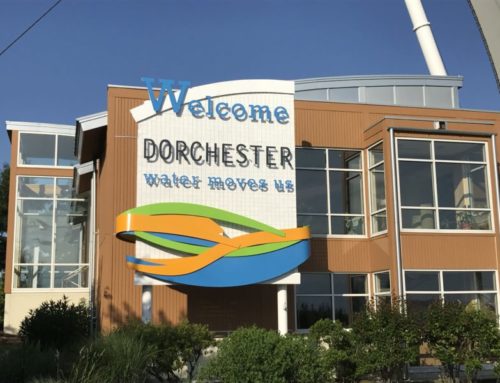Can microbreweries revive small towns? As economic development and place-making marketing specialists, we believe the answer is a resounding Yes.
A potent mixture of entrepreneurship and destination drinking, these ‘new’ watering holes have quickly become a magnet for millennials and measuring stick for a community’s economic health.
Shining a bright light on the surrounding area, once established, they most often lead to increased foot and retail traffic. Featuring regular events and promotions – like Cambridge’s RAR Brewing – craft brew houses draw locals, tourists and beer enthusiasts equally.
James Fallows recent article in the Atlantic on included this terrific sidebar titled “11 Signs a City Will Succeed.” Number 11 was the presence of a craft brewery. He said:
11. They have craft breweries. One final marker, perhaps the most reliable: A city on the way back will have one or more craft breweries, and probably some small distilleries too. Until 2012, that would have been an unfair test for Mississippi, which effectively outlawed craft beers by setting maximum alcohol levels at 5 percent. Now that law has changed, and Mississippi has 10 craft breweries. Once-restrictive Utah has even more. A town that has craft breweries also has a certain kind of entrepreneur, and a critical mass of mainly young (except for me) customers. You may think I’m joking, but just try to find an exception.
We’ve long touted the economic impact of IPA-loving entrepreneurs whose passion creates not only great beer – but vibrant destinations. Berlin’s Burley Oak and Cambridge’s RAR are two of our favorites on Maryland’s Eastern Shore.







